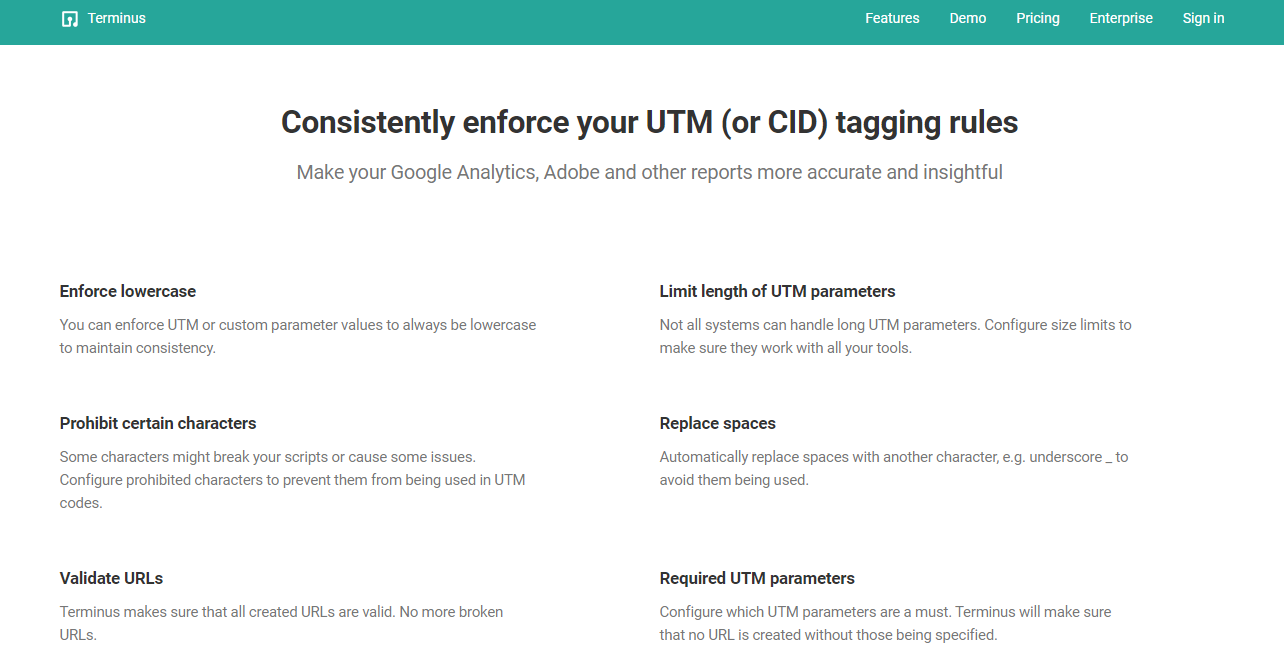Unlocking the Power of UTMs: The Secret Tool Social Marketers Overlook

Discover the secret weapon in social media marketing that could skyrocket your campaign's success! 🚀📈
In the fast-paced world of social media marketing, staying ahead of the competition requires leveraging every tool at your disposal. One such tool, often overlooked but immensely powerful, is the UTM (Urchin Tracking Module). UTMs can transform your marketing strategy by providing deep insights into your campaign performance, enabling you to make data-driven decisions. In this blog, we’ll dive into the world of UTMs, exploring their benefits, how to use them effectively, and real-world examples that highlight their impact.
What are UTMs?
UTMs are snippets of code added to the end of a URL to track the performance of campaigns and content. These parameters help you understand where your traffic is coming from and how users interact with your website. The five main UTM parameters are:

- utm_source: Identifies the source of your traffic (e.g., Facebook, Twitter).
- utm_medium: Specifies the medium (e.g., social, email).
- utm_campaign: Names the specific campaign (e.g., summer_sale).
- utm_term: Tracks keywords for paid search campaigns.
- utm_content: Differentiates similar content or links within the same ad (e.g., banner_ad_1).
Why Social Marketers Should Care About UTMs
1. Precise Campaign Tracking
UTMs enable social marketers to track the exact performance of each campaign. By tagging your URLs with UTM parameters, you can see which platforms and campaigns drive the most traffic and conversions.
Example: A/B Testing on Facebook Ads
- Ad A: https://yourwebsite.com/?utm_source=facebook&utm_medium=social&utm_campaign=summer_sale&utm_content=ad_a
- Ad B: https://yourwebsite.com/?utm_source=facebook&utm_medium=social&utm_campaign=summer_sale&utm_content=ad_b
By comparing the performance of Ad A and Ad B, you can determine which ad resonates better with your audience.

2. Enhanced ROI Measurement
UTMs allow you to measure the ROI of your social media campaigns accurately. By analyzing the traffic and conversions generated by each campaign, you can allocate your budget more effectively.
Example: Instagram Story vs. LinkedIn Post
- Instagram Story: https://yourwebsite.com/?utm_source=instagram&utm_medium=social&utm_campaign=product_launch&utm_content=story
- LinkedIn Post: https://yourwebsite.com/?utm_source=linkedin&utm_medium=social&utm_campaign=product_launch&utm_content=post
If the Instagram Story drives more conversions at a lower cost, you know to invest more in Instagram for future campaigns.
3. Better Audience Insights
UTMs provide valuable data about your audience’s behavior. By understanding which content and platforms your audience engages with the most, you can tailor your strategies to meet their preferences.
Example: Content Preferences on Twitter
- Blog Post: https://yourwebsite.com/?utm_source=twitter&utm_medium=social&utm_campaign=content_marketing&utm_content=blog
- Video: https://yourwebsite.com/?utm_source=twitter&utm_medium=social&utm_campaign=content_marketing&utm_content=video
If the video link receives higher engagement, you can focus on creating more video content for Twitter.
How to Implement UTMs Effectively
Step 1: Define Your Campaign Parameters
Before launching a campaign, decide on the UTM parameters you will use. Consistency is key, so establish a naming convention that your team can follow.
Example Naming Convention:
- Source: Platform or source (e.g., facebook, twitter, linkedin)
- Medium: Marketing medium (e.g., social, email, cpc)
- Campaign: Campaign name (e.g., spring_sale, webinar_promo)
- Content: Specific content identifier (e.g., banner_ad_1, text_link_2)
Step 2: Create UTM-Tagged URLs
Use a URL builder tool or manually add UTM parameters to your URLs. Google’s Campaign URL Builder is a popular and easy-to-use option.
Example URL Builder:
- URL: https://yourwebsite.com/
- Source: facebook
- Medium: social
- Campaign: product_launch
- Content: ad_1
Generated URL: https://yourwebsite.com/?utm_source=facebook&utm_medium=social&utm_campaign=product_launch&utm_content=ad_1
Step 3: Monitor and Analyze Performance
Track the performance of your UTM-tagged URLs using Google Analytics or another analytics tool. Focus on metrics such as traffic, bounce rate, conversion rate, and ROI to evaluate the success of your campaigns.
Example Analysis:
- Traffic from Facebook: 10,000 visitors
- Conversion Rate: 5%
- Revenue Generated: $50,000
By comparing these metrics across different campaigns and platforms, you can refine your strategies for better results.

Real-World Examples
1. Nike’s Global Campaigns
Nike uses UTMs to track the performance of their global social media campaigns. By analyzing UTM data, they can identify which regions and platforms drive the most engagement and sales, allowing them to optimize their marketing efforts accordingly.
Stat: Nike saw a 20% increase in ROI by leveraging UTM tracking to refine their social media strategy (Source: Nike Annual Report).
2. HubSpot’s Content Marketing
HubSpot employs UTMs to track the effectiveness of their content marketing campaigns. By tagging their blog posts, ebooks, and webinars with UTMs, they gain insights into which types of content resonate most with their audience.
Stat: HubSpot experienced a 30% boost in lead generation by using UTMs to optimize their content distribution (Source: HubSpot Case Study).

Don’t let your social media campaigns fall behind. Unlock the full potential of UTMs and watch your marketing results soar! 🌟📊
Start using UTMs today and gain a competitive edge in your social media marketing strategy.
Comments
Post a Comment